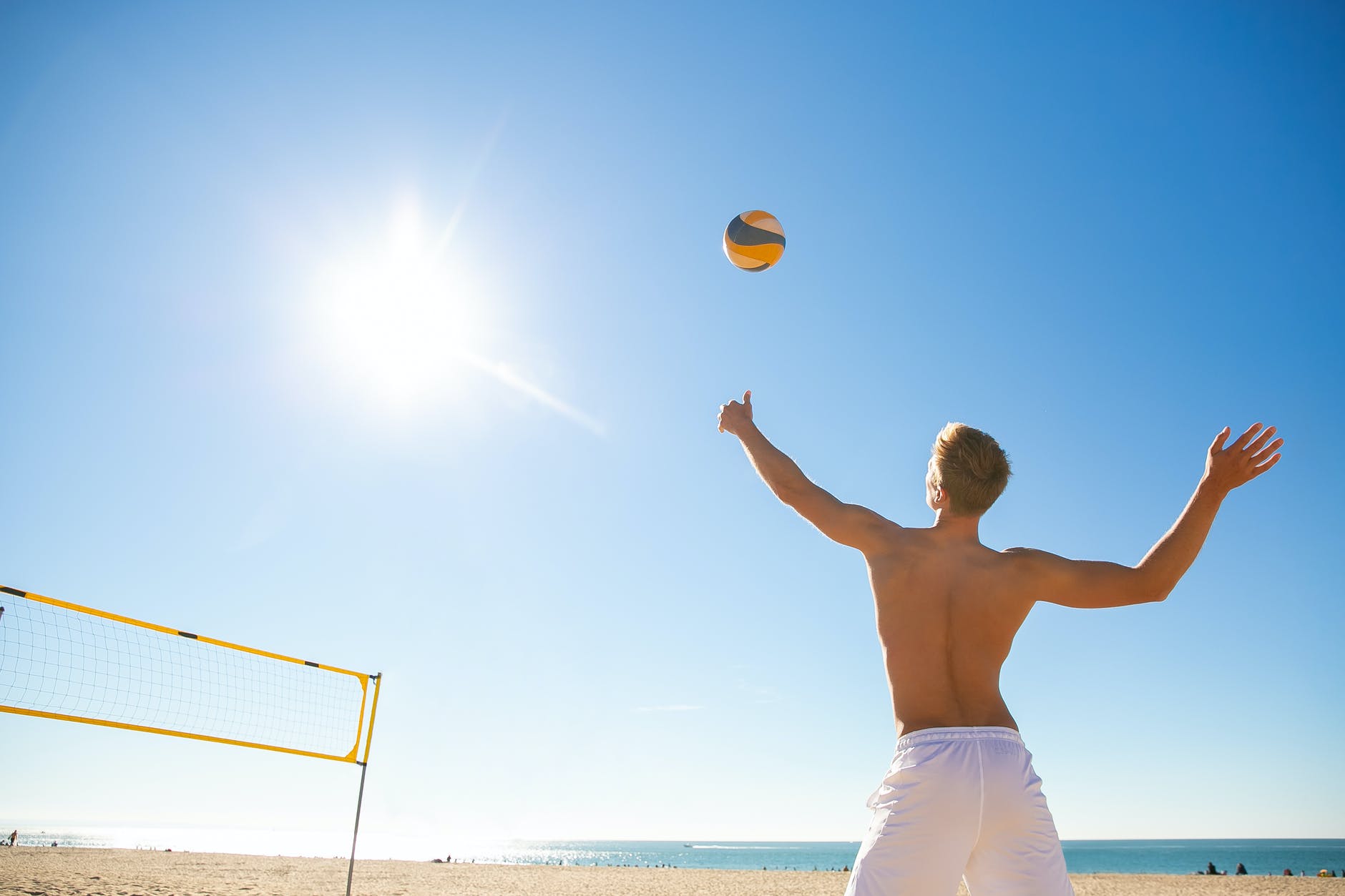

Things nobody tells you about training in the sun
Training in the sun, exercising in the height of summer, burning off energy during the heat. These are activities that, if you don’t have the right information, you will be putting your health at risk.
Therefore, today we have brought you a complete article telling you everything that no one has ever told you about training in the sun.
So, let’s go. Get comfortable and enjoy the reading!
Can I replace a meal with Whey Protein?
The effect of sunlight on the skin!
Sunlight, especially UVA and UVB rays, can cause burns, premature aging, eye damage, immune system weakness, photoallergic and phototoxic reactions, and even skin cancer.
Doctors and dermatologists increasingly warn about the strong correlation between the frequency of skin cancer and the extent of DNA damage, reminding us that more than 90% of skin cancers are a consequence of sun exposure.
According to the National Cancer Institute (INCA), the incidence of skin cancer in Brazil is very high: about 25% of the malignant tumors registered here are the ones that affect the skin.
It is exhaustively known that the best treatment is prevention through sun protection.
What is the secret: Is Taking Whey on an empty stomach ideal? Let’s Explain
Understand the difference between UVB and UVA
UVA and UVB are two types of ultraviolet rays that are harmful to health. UVB can cause burns and skin cancer, and is also responsible for allergies.
UVB rays penetrate the skin superficially, causing redness and a burning sensation.
UVA rays are responsible for premature aging of the skin and can also cause cancer.
To get an idea, a history of five sunburns per decade can increase the risk of developing cancer by about three times.
At the beach, where exposure to the sun is greater, care should be redoubled. Dermatologists suggest choosing a factor of 30 to 50.
The product should be reapplied every two hours, after contact with water or excessive sweating.
Hat, sunglasses, and parasol help protect, but are not enough.
It is important to remember that the clouds do not block the harmful rays and, if you are at the beach, the rays are reflected by the sand and the water.
Keep following the file and you will understand when UVB happens and when UVA happens.
See also: Myth or Truth: Can Milk with Whey or not?
UVB rays
UVB rays vary in intensity during the day and are most intense at noon.
They stimulate the production of melanin, the pigment responsible for the prolonged tan, and also stimulate cell regeneration, thus producing a thicker epidermis.
They can generate burns and damage the skin, especially during the summer and at high altitudes.
Even though they penetrate to a lesser depth, they generate free radicals at all levels of the epidermis.
UVB rays affect cellular DNA more than UVA rays and are the main cause of damage.
UVB rays can reach to the deepest layers of epidermal cells and are the main cause of acute sun damage
Types Burns:
- – Direct damage to cellular DNA and skin cancer
- – Eye and retinal damage
- – Photosensitivity caused by medication
UVA Rays
Of the ultraviolet rays that reach the surface of the earth, 95% are UVA rays.
These are extremely resistant rays, capable of passing through clouds, glass, and even skin, reaching the deepest layer. The free radicals produced, in turn, damage the DNA of the cells and modify the collagen and elastin fibers, which are the skin’s support structures.
It is the UVA Rays that burn the skin, even when you are under the parasol.
But it doesn’t stop there: besides photoaging, the invisible rays that hit our body and face can also cause
- – skin dryness;
- – skin reactions (allergies that cause redness, itching, and a polymorphous rash to light)
- – change in the pigment of the skin (dark spots or melasmas);
- – skin cancer.
The effects of UVA rays are painless, discrete, and cumulative. According to the World Health Organization, extreme exposure to these rays increases the risk of developing skin cancer by up to 75%.
To protect yourself from UVA rays you should use moisturizers and skin creams. These are rays that go through the fabric of your clothes and even penetrate the rooms in your house. Therefore, their protection is totally different from UVB rays.
Summary: To protect yourself against UVB rays you have to use sunscreen, or avoid the peak sun (between 10 AM and 2 PM for summer). To protect yourself against UVA rays you must hydrate, moisturize your skin, and maintain a healthy routine.
Did you like it? Then, keep following the Blog. We are always bringing you tips, news, and novelties about the universe of strong brands. Thank you for reading and see you next time!